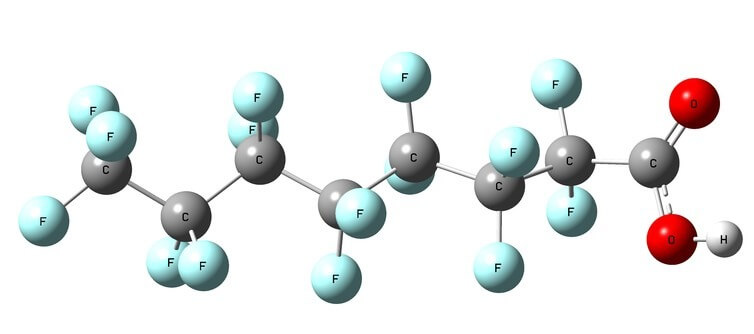
PA DEP Proposes MCLs for PFOA and PFOS
The Pennsylvania Department of Environmental Protection (PA DEP) Bureau of Safe Drinking Water (BSDW) proposed to establish maximum contaminant levels (MCLs) for select per- and polyfluoroalkyl substances (PFAS) in drinking water. The specific compounds PA DEP is proposing for MCLs are perfluorooctanoic acid (PFOA) and perfluorooctanesulfonic acid (PFOS). Development of MCLs for other PFAS compounds is not currently proposed due to lack of sufficient data to support the development of an MCL.
The BSDW executed a toxicology services contract with Drexel University in December 2019 to review other state and federal agency work on MCLs; independently review the data, science, and studies; and develop recommended maximum contaminant level goals (MCLG) for select PFAS. MCLGs are non-enforceable, developed solely on health effects, and do not consider other factors, such as technical limitations and cost. MCLGs are the starting point for determining MCLs. The Drexel University report was completed in January 2021 and included the “Drexel PFAS Workbook” and “MCLG Drinking Water Recommendations for PFAS in the Commonwealth of PA.”
Following receipt of the Drexel report, the BSDW proceeded with proposing MCLs for select PFAS compounds. MCL rulemaking is based on a variety of factors required by the Federal Safe Drinking Water Act (SDWA) and Pennsylvania’s Regulatory Review Act (RRA), including: health effects, occurrence data, technical limitations such as available analytical methods and detection and reporting limits, treatability of the contaminant and available treatment technologies, cost, and benefits. The BSDW determined that PFOA and PFOS had sufficient supporting data to meet the criteria. Five other PFAS compounds were considered in the MCL evaluation but were determined to not have enough supporting data to meet the criteria. The other PFAS compounds considered were perfluorononanoic acid (PFNA), perfluorohexane sulfonate (PFHxS), perfluoroheptanoic acid (PFHpA), perfluorobutane sulfonic acid (PFBS), and hexafluoropropylene oxide-dimer acid (HFPO-DA).
After reviewing occurrence data, analytical methods, treatment technology, costs, and benefits, the BSDW proposed an MCL for PFOA of 14 parts per trillion (ppt) and an MCL for PFOS of 18 ppt. The BSDW concluded that the proposed MCLs are technically feasible, increase the protection of public health, strike a balance between public health protection and costs and are within the range and magnitude as other state standards.
*The information in this article was summarized from a presentation by Lisa Daniels, Director of BSDW that was presented at a Public Water System Technical Advisory Committee meeting on July 29, 2021.

